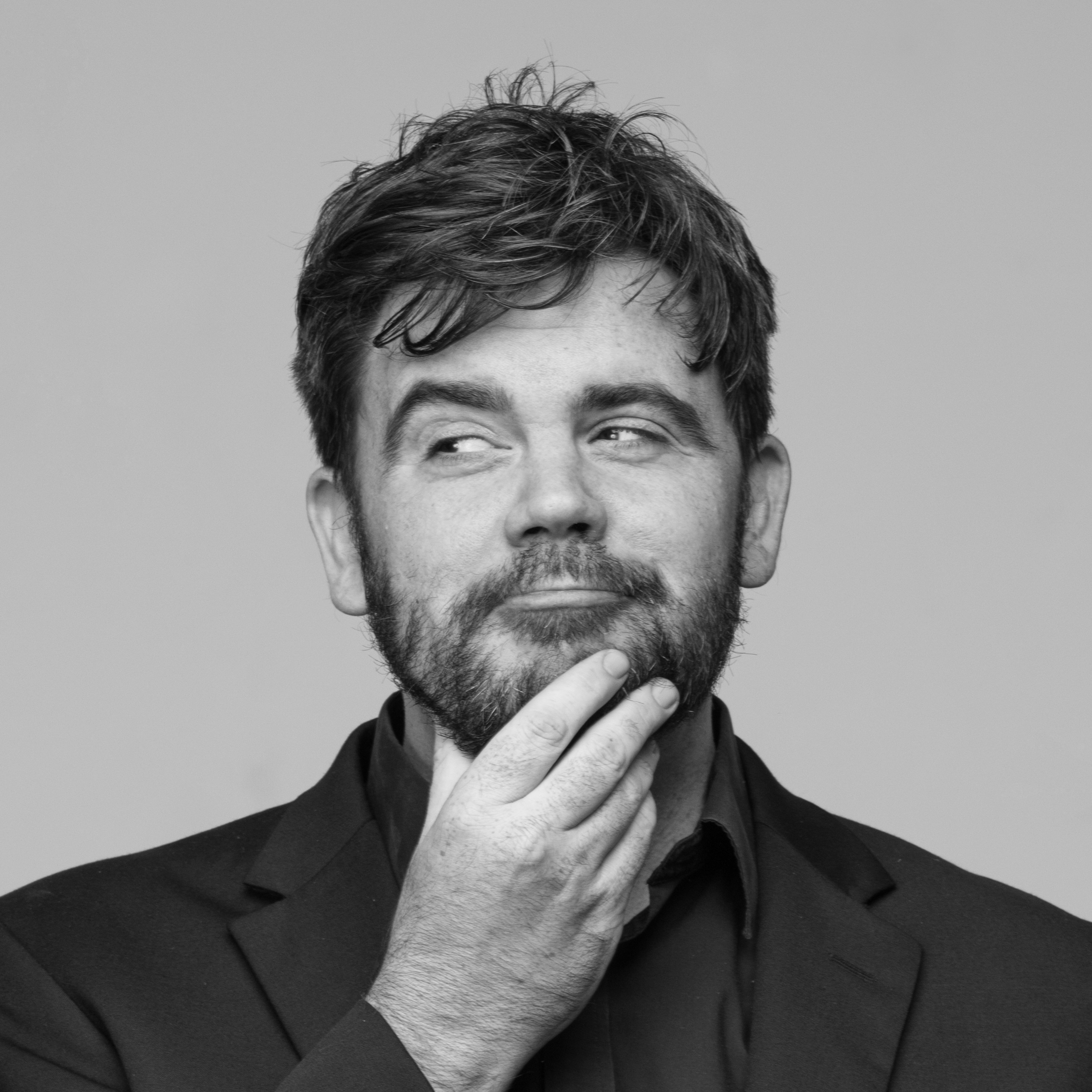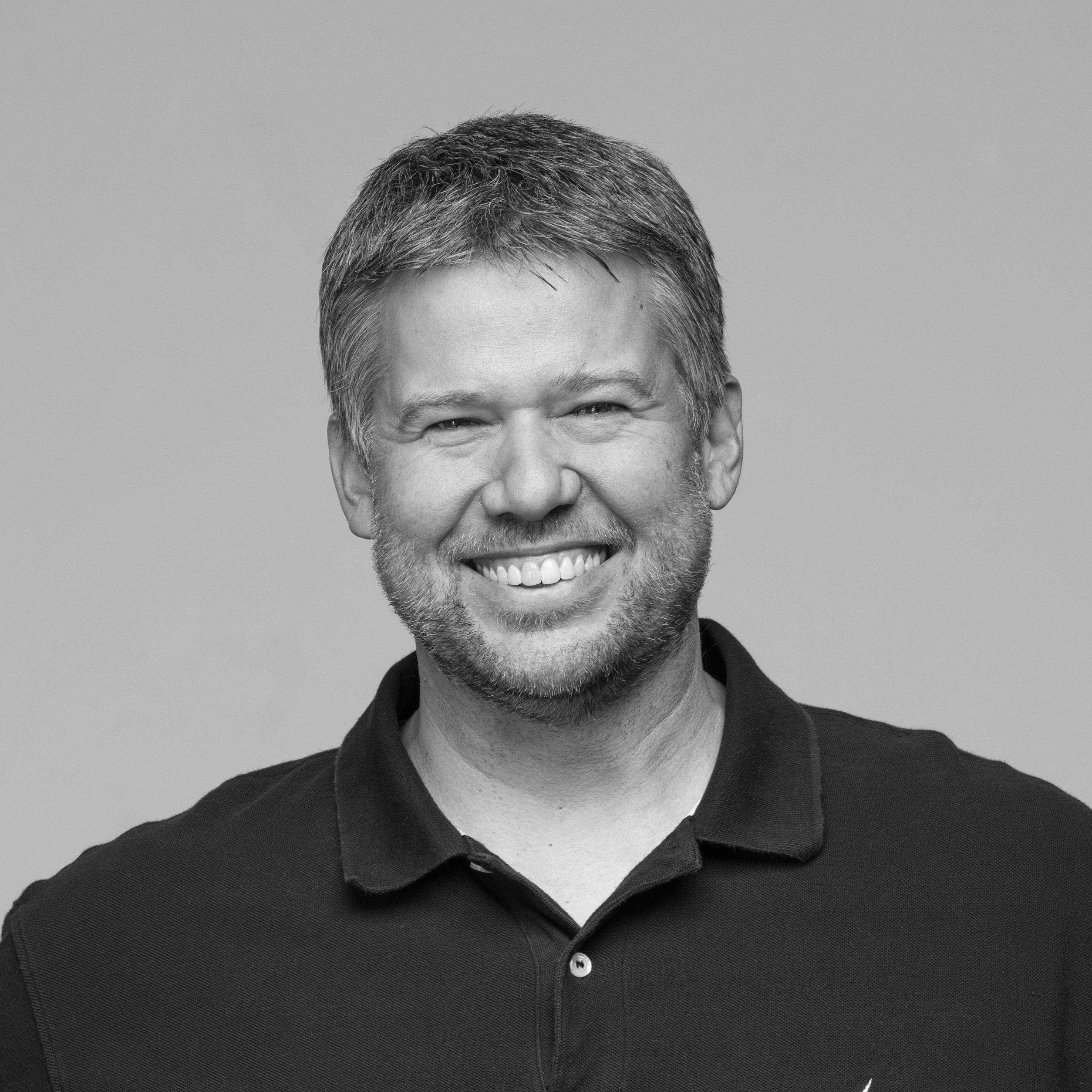The 6 Most Revealing Questions We Ask New Clients
Whether it’s teaming up with a government agency to improve their website usability, strengthening messaging for a nonprofit, or developing a fundraising strategy for a university, we usually recommend starting any project the same way: with Discovery.
Capital D “Discovery” is a process our agency has honed and often deems necessary in order to establish project goals, requirements, and a shared vision with the client before diving in on execution. We might conduct audits or user research, and we always sit down together with the client for a few hours to ask a bunch of questions.
Each of our departments has their favorite questions to ask during Discovery—those that draw out the deepest insights, get clients thinking differently about their work, or are the best jumping-off point to clarify and prioritize goals.
I asked a leader in each Mighty department to share their single favorite Discovery question and explain why. This is a juicy sneak peek into our Discovery process, so go pop some popcorn or a fresh La Croix (if you’re as addicted as we are) and check out their picks:
DESIGN

“I always ask, ‘Why does your organization exist?’ This is great for delving into why our clients wake up and get themselves to work in the morning. Then we drill deeper, with the aim of uncovering a precise, nuanced point of view that—combined with the passion they already possess—is the starting point for a unique brand position.”
— Gardiner Rhoderick, Creative Director
If you haven’t seen the Simon Sinek TED Talk that inspired this Q, cue it up to watch immediately after finishing this article. As Simon so suavely describes, people tend to answer this question with what they do or how they do it, but not why.
A typical answer from a new client goes something like, “We exist to help Texans find affordable housing,” or, “We exist to give children with disabilities an online platform to get information and support one another.” This is when we apply Sakichi Toyoda’s 5 Whys, asking “but why?” and “why?” again, and again, until we hit ground.
In theory, “Why does your organization exist?” should be easy for mission-driven organizations to answer, because they have a mission! Right? Not quite. Each employee is passionate about the work for slightly different reasons, and no organization we’ve ever worked with does just one thing.
So asking this question helps us envision the needs that would go unmet if the organization didn’t exist—how its hypothetical disappearance would affect the community. This why is paramount to creating content and design that emotively convey the organization’s accomplishments.
CONTENT STRATEGY

“I like asking, ‘What’s your favorite brand?’ I think I stole this one from Gardiner. It gives us instant insight into the sophistication of the client when it comes to branding, and also tells us a lot about their personality.”
— Andrew Buck, Content Strategist
This question is a great icebreaker—it’s conversational and gets the creative juices flowing. If no one on the client side knows anything about branding, they are still customers and citizens of the world with wants and needs, so their responses give us a great sense of their values.
In one Discovery session we led with a health nonprofit, their VP shared, “I don’t know much about brands, but as a customer, I love Zappos. They’re always friendly, helpful, and if I need to return a pair of shoes it’s never my fault. They’ll send me a new pair right away, even before I return the original. It’s like they care more about making customers happy than about making money, which in turn makes them a lot of money because my family alone orders a ton of shoes from them!”
While there wasn’t any branding lingo in that response, it tapped into important values that translated directly to their organization. They wanted to be a resource for health and wellness information that was positive, motivational, and free from the pressure or shame often associated with fitness and nutrition. They wanted to celebrate the fact that “healthy” is by no means one-size-fits-all, and to be a friend in the process.
This is why it’s important for mission-driven organizations to think of their clients as customers, and also to look outside their industries for inspiration. There are always applicable marketing lessons to be borrowed from the for-profit world.
DIGITAL MARKETING

“My number one question is, ‘How do people look for you?’ If Google is doing its job, a website should already be at the top of search results when people search for the exact name (e.g. Houston Humane Society). I want to know how a client’s target audiences discover them when they don’t already know the client is the answer to their question. This helps me uncover how their audiences think, which I can combine with my own keyword research and other digging to form a digital strategy.”
— Patrick Wicker, Digital Marketing Manager
Some new clients already dabble in Google Analytics or keyword research and might know the answer to this question. If not, we can set up the necessary accounts to find those answers, but we still need the client’s input because we aren’t as familiar with their audiences as they are, and we need help getting inside those users’ heads. This question fuels insights into their audiences’ daily lives offline that help us imagine how those people might take to the Web in search of information or assistance.
WEB DEVELOPMENT

“I usually start with, ‘What works well in your current CMS, and what doesn’t work well?’ This isn’t very technical, so it gets them talking about how they manage content, as well as pain points they’re encountering. This is also where it starts to become obvious if they’re thinking about content at all in the way we think about content (structured, manageable, not-repeated) or if they think about it in terms of pages.”
— Stephen Tidmore, VP of Technology
Don’t be discouraged if you think about content in terms of pages. Most non-developers do. Plus, Stephen is a wizard. He and our other developers work with clients at all levels of understanding (or not understanding) their Content Management Systems (CMSs).
Some clients are on the hunt to switch to a new CMS or are open to making a change, and in those cases we have a handful of platforms we’re particularly fond of. We like sharing that information, because the capabilities and functionality of a client’s CMS have huge implications not only for their users’ experiences on the website, but also their own experiences managing it.
USER EXPERIENCE

“Mine is in two parts. First, ‘What is your primary argument for your target audience to join, donate, or whatever your main call to action is? Second, what is your competitors’ best argument against you?’ In combination, these questions help us identify the client’s greatest strengths and weaknesses.”
— Mike Steckel, User Experience Director
While the universities we work with keep their competitors top-of-mind and can answer the second part of this question more easily, other clients might not even think about having competitors. Government agencies, associations, and nonprofits ideally don’t have competition targeting the same region(s) with identical programming, but social service overlap is real.
Thoughts on strategy delivered to your inbox.
And beyond direct competitors, “going it alone” is a competitor most mission-driven orgs need to consider—in the areas where they provide services, how many of their potential clients are choosing to go without any assistance at all? Why?
Most clients don’t know exactly how their competitors would critique them, but they can speculate based on critical feedback they’ve received somewhere along the way. Those shortfalls are just as important for us to know as their perceived competitive advantage.
And now, for the question we all love to ask.
The final question we always ask—coined the “post-mortem” by Daniel Kahneman—is, “Imagine that one year from now this project has been a failure. Why did it fail?” Once in a while, clients express fear that we the agency will miss the mark, but far more often they’re worried they won’t be able to pull their weight during the project or won’t be able to prioritize implementing our recommendations. Addressing these worries upfront allows us to troubleshoot, and to remind them that we simply can’t be successful without them.
If you’re in-house and considering hiring a marketing agency, answering this post-mortem as a team can help you determine whether you’re in a place to invest the time and effort required to prevent those worst-case results from becoming a reality. And if you work with an agency, asking clients to paint a picture of what an epic fail looks like really makes their priorities clear.
Wherever you work, try designating a moderator to lead a discussion around these questions at your next big marketing or strategy meeting. Let us know what you uncover!

